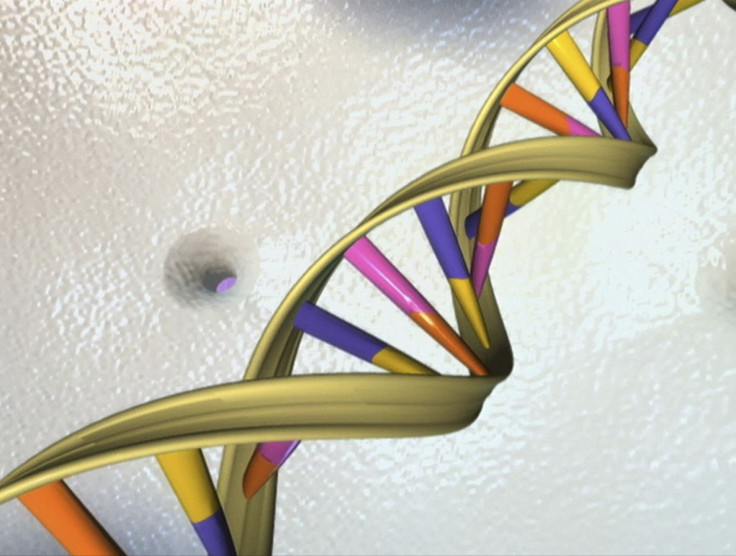Scientists confirm second layer of hidden information in our DNA and how it controls evolution

A group of physicists from Netherlands for the first time have demonstrated via simulations how hidden information in our DNA controls our evolution. They found out that a second layer of information indeed exists.
Thus, it’s not just the information coded in our DNA that makes who we are, but also the way DNA folds itself that controls which genes get expressed inside our bodies. Biologists have been able to detect some of the proteins that are responsible for folding up DNA.
Long-time hypothesis suggests that a person is not just the product of his/her genetic code itself, but also the mechanical cues that determine how that information folds up inside his/her cells.
The group of physicists from Leiden University, led by Helmut Schiessel, were able to confirm that these mechanical cues are coded into our DNA. They simulated the genomes of both baker’s yeast and fission yeast. Then they randomly assigned them a second level of DNA information, complete with mechanical cues.
The scientists were able to show that these cues affected which proteins were expressed and how the DNA was folded. This was further evidence that our DNA contains the mechanics of DNA and that is as crucial in our evolution as the code itself.
Moreover, the scientists were also able to prove through the study, published in journal Plos One, that DNA mutations can affect us in more than one way; by changing the letters in our DNA (G, A T and C), as well as by changing the mechanical cues that arrange the way a strand is folded.
“With this finding we know that evolutionary changes in DNA—mutations—can have two very different effects: the letter sequence encoding for a specific protein can change or the mechanics of the DNA structure can change, resulting in a different packaging and accessibility of the DNA and therefore a different frequency of production of that protein,” the researchers explains in a statement.
The findings of the study may have only confirmed what biologists already know. However, the exciting part of the study is the fact that computer simulations opens up the possibility for scientists to manipulate the mechanical cues that shape our DNA. In future, scientists will be able to fold DNA to hide unwanted genes that trigger diseases.





















